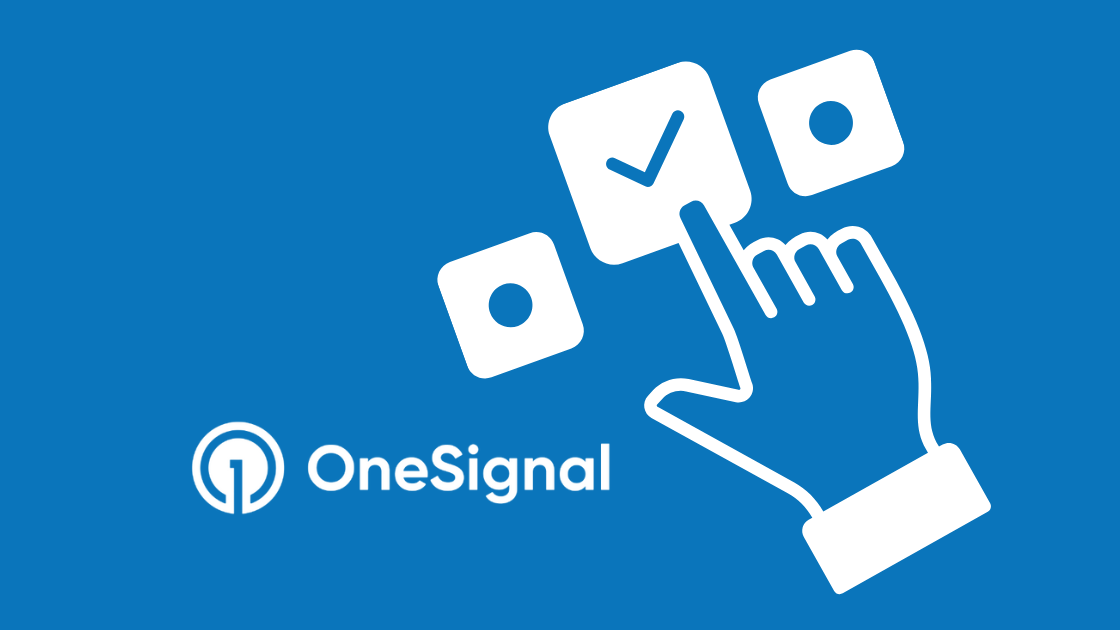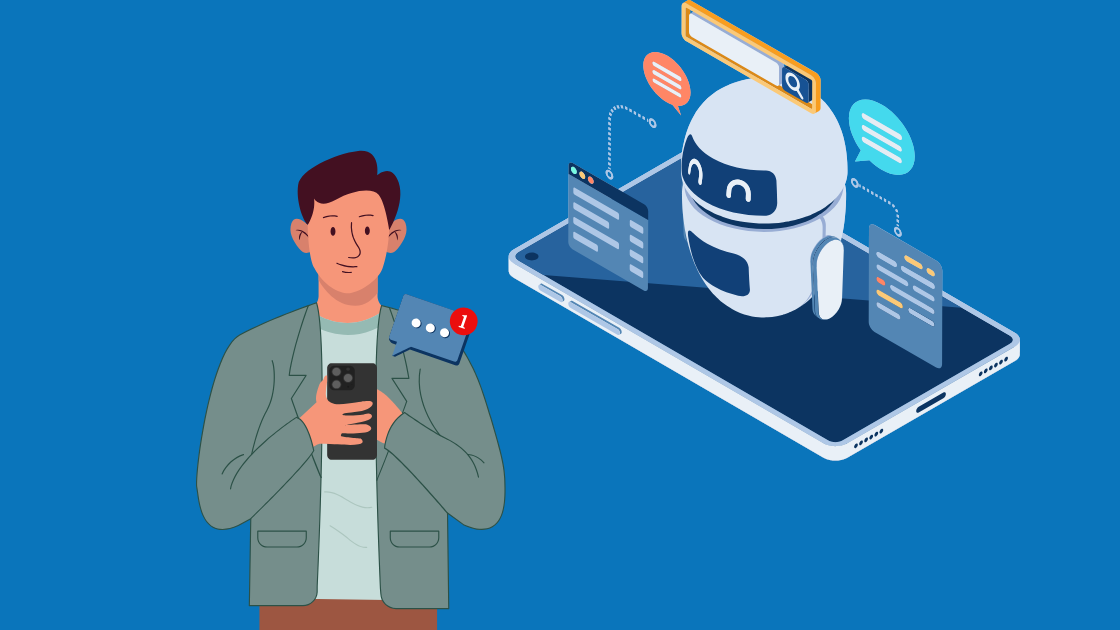With so many channels - push notifications, email, and SMS, each offering unique ways to reach users- selecting when to send messages is one of the biggest challenges for marketers.
When implemented thoughtfully, smart timing can significantly enhance user retention, boost engagement levels, and fortify your omnichannel strategy.
This approach ensures that your messages reach your audience at the most opportune moments, making a meaningful impact.
Impact of Timing in Messaging
Sending a perfectly crafted message at the wrong time is a wasted opportunity. Studies show that optimal timing can increase open rates by as much as 30% for push and even higher for SMS and email, depending on the context and user segment.
Factoring in time zones and worldwide user bases is crucial. Mobile app communication must adapt to how, when, and where your users are most receptive.
When to Send Push Notifications for Maximum Engagement
Push notifications thrive on immediacy; they’re the voice that taps users on the shoulder at just the right moment. Data suggests:
- Late morning (10–11 AM local time) often sees high open rates, capitalising on users’ mid-morning checks.
- Early evening (5–7 PM) is another sweet spot, as users wind down from their day.
But timing isn’t one-size-fits-all. Monitor in-app behaviour to trigger notifications after meaningful actions, such as cart abandonment or content milestones. Balance is essential: overuse can lead to notification fatigue and app uninstalls, while personalising by segment or engagement history keeps your messages welcome.
Optimising Email Send Times for Higher Open and Click Rates
Emails enable longer-form content and facilitate thoughtful engagement. The best send times often cluster around:
- Mid-week mornings (Tuesday & Thursday, 9–11 AM), targeting decision-makers as they plan their day.
- Late afternoon for time-sensitive offers.
Neither morning nor afternoon works for every audience; always test what resonates with your app’s unique user population.
Additionally, triggered emails, sent in response to user actions such as purchases or sign-ups, outperform generic blasts. Subject lines and previews should play off the urgency triggered by the timing of the message.
SMS for Urgency and Immediate Action
SMS stands out for immediacy. 90% are read within 3 minutes of delivery. Use SMS for:
- Time-sensitive promotions, flash sales, or urgent reminders (think: expiring coupons or critical alerts).
- Send during business hours for B2B, and just before personal downtime for B2C (e.g., lunch hours or early evening).
Avoid over-messaging, as SMS is a highly personal and expected channel that requires providing real value. Include clear calls to action and tailor messages to align with broader app events for a seamless omnichannel experience.

Coordinating Timing Across Channels for Omnichannel Success
A campaign that’s coordinated across push, email, and SMS is far more powerful than the sum of its parts. Here’s how to synchronise for impact:
- Don’t overlap: If a push notification is sent, wait before following up with an email or SMS to avoid overwhelming the user.
- Leverage behaviour signals: Let activity in your app trigger multi-channel flows, always spacing them with respect for the user’s attention.
- Use OneSignal’s automation: Data-driven scheduling tools can tailor send times based on preferred engagement windows.
When channels reinforce each other, push for alerts, email for detailed info, and SMS for urgency, your strategy achieves maximum reach and conversion.
Key Challenges and How to Overcome Them
Managing optimal timing isn’t without challenges:
- Global Time Zones: Schedules are sent based on each user’s local time.
- Usage Patterns: Analyse app usage data to identify periods when engagement is naturally high.
- Testing: Utilise A/B testing for timing in conjunction with content to continually refine results.
- Monitoring: Track key metrics-open rates, conversions, and retention to refine your approach.
Timing is both a science and an art. By leveraging analytics, experimenting with send times, and coordinating across all your communication channels, you can drive higher engagement, boost retention, and ensure every message finds users when it counts most.
Start optimising now and turn every message into an opportunity with data-driven tools like OneSignal.






